Name Jennifer Marohasy | ||
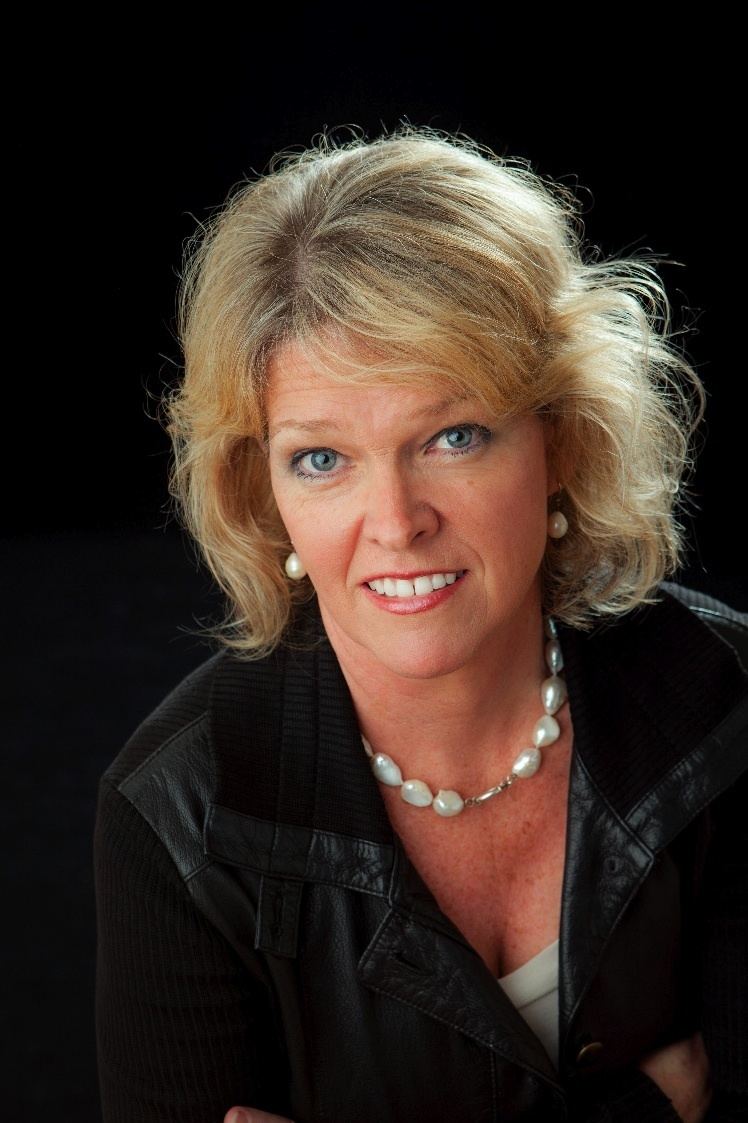 | ||
Similar People Joanne Nova, Robert M Carter, Judith Curry, Roy Spencer, Roger A Pielke | ||
Dr jennifer marohasy climate tricks continue 9th iccc
Jennifer Marohasy (born 1963) is an Australian biologist, columnist and blogger. She was a senior fellow at the free-market think tank the Institute of Public Affairs between 2004 and 2009 and director of the Australian Environment Foundation until 2008. She holds a PhD in biology from the University of Queensland. She is sceptical of anthropogenic global warming and co-authored a peer-reviewed paper in GeoResJ suggesting that most of the recent warming is attributable to natural variations. The research was welcomed by conservative media outlets and heavily criticised by climate scientists as methodologically flawed "junk science" that was unworthy of publication.
Contents
- Dr jennifer marohasy climate tricks continue 9th iccc
- Dr jennifer marohasy climate tricks continue 9th iccc las vegas
- Career
- Her work at the Institute of Public Affairs
- Public position on global warming
- 2017 GeoResJ manuscript
- Criticisms of BOM
- References
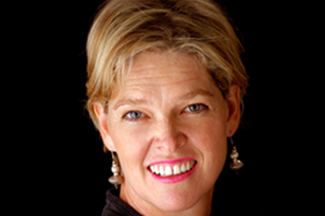
Dr jennifer marohasy climate tricks continue 9th iccc las vegas
Career
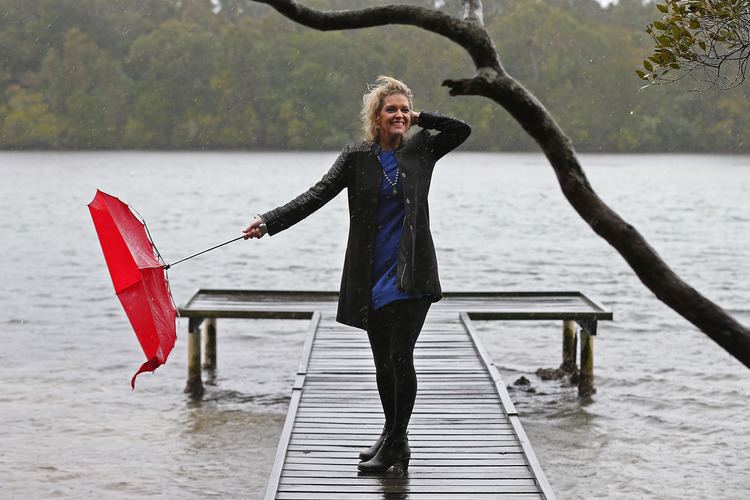
Marohasy worked as a field biologist in Africa and Madagascar during the 1980s and 1990s, and has a number of published papers in science journals.
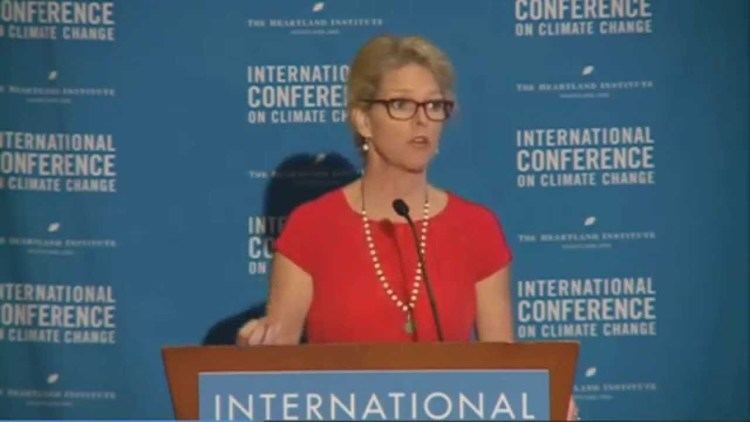
In 1997 she switched from researcher to environment manager with the Queensland sugar industry. In 2001, she started to develop an interest in environmental campaigns and, in particular, claiming that there are anomalies between fact and perception regarding the health of coastal river systems and the Great Barrier Reef.
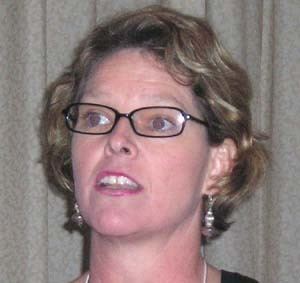
In July 2003, she became director of the environment unit at the Institute of Public Affairs.
Her work at the Institute of Public Affairs
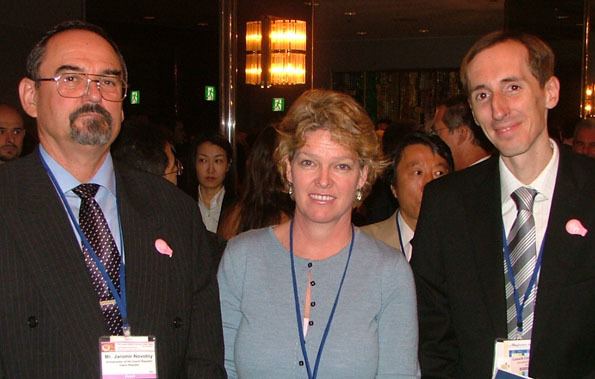
While head of the Environment Unit at the Institute of Public Affairs, Dr Marohasy compiled a backgrounder titled Myth and the Murray - measuring the real state of the river environment which was published by the Institute in December 2003. The Institute received a $40,000 donation from Murray Irrigation Limited at that time. This paper is quoted in the Interim Report of the Inquiry into future water supplies for Australia’s rural industries and communities of the House of Representatives Standing Committee on Agriculture, Fisheries and Forestry, March 2004. At a science round table of the committee, when asked for her views on how much water should be returned to the River Murray, Dr Marohasy argued that there was no need for additional flows at that time and that we should test the results of current environmental measures before committing to more.
Dr Marohasy was instrumental in establishing a joint programme with the Institute of Public Affairs and the University of Queensland, funded by Western Australian philanthropist, Dr Bryant Macfie (A top 20 Shareholder in Strike Resources Limited [1] [2]). Dr Marohasy is nolonger involved in the programme following objections to her involvement from the Australian Federation of Scientists and Technologists (FASTS).
Public position on global warming
In an Australian Broadcasting Corporation interview she stated that... "[i]t's not clear that climate change is being driven by carbon dioxide levels...whether or not we can reduce carbon dioxide levels, there will be climate change".
On the Australian Broadcasting Corporation Radio National program, Ockham's Razor, Dr Marohasy said in 2005... "I agree with Professor Flannery that we need to reduce atmospheric carbon dioxide levels".
In an interview on the Australian Broadcasting Corporation Radio National program, Counterpoint, she claimed recent cooling by starting with the extreme temperature peak of the 1998 El Niño event. She said that... "there has been cooling if you take 1998 as your point of reference. If you take 2002 as your point of reference then temperatures have plateaued. This is certainly not what you'd expect if carbon is driving temperature because carbon dioxide levels have been increasing but temperatures have actually been coming down over the last ten years. ...very unexpected not something that is being discussed. It should though be being discussed because it is very significant".
2017 GeoResJ manuscript
A paper that Marohasy co-authored with her Institute of Public Affairs colleague John Abbot, titled "The application of machine learning for evaluating anthropogenic versus natural climate change," was made available online on August 5, 2017. It was published in GeoResJ, a quarterly peer-reviewed journal in Earth Sciences that began publishing in 2014 and is to be discontinued from January 2018. Marohasy wrote about her findings in The Spectator Australia and in her blog, declaring that most of the warming that has occurred could be natural. "[E]ven if there had been no industrial revolution and burning of fossil fuels, there would have still been warming through the twentieth century — to at least 1980, and of almost 1 °C," she wrote. The paper also questions the equilibrium climate sensitivity, which relates to the extent of warming associated with a doubling of atmospheric levels of carbon dioxide. Abbot and Marohasy estimate a 0.6 °C temperature rise would result, well below the range of 1.5 to 4.0 °C estimated in reports from the Intergovernmental Panel on Climate Change (IPCC).
According to The Guardian, the paper was met with "delight in conservative media outlets, together with a distinct lack of any genuine scepticism." The Daily Caller state that the Abbot and Marohasy results "challenge the mainline conclusion" of the IPCC, and that their results show that the "world was about as warm in 1980 as it was during the Middle Ages," consistent with other claims about the Medieval Warm Period. Such claims relate to the so-called hockey stick graph and whether medieval warming was a global phenomenon, and have been extenisively examined by the IPCC. The scientific consensus is that warming in recent times is of greater significance than occurred in the medieval period. Breitbart went further, declaring that global warming is "almost certainly natural," that "it's the alarmists who have some apologizing to do" (in relation to the hockey stick controversy), and published a graph described (Figure 4 in the GeoResJ paper) as showing that "recent warming is well within the planet's natural historic climate boundaries" and which shows cooling in the period 1980-2000. Such cooling is inconsistent with the actual temperature record and the inconsistency is called the "divergence problem," according to Marohasy and the Daily Caller. Like Breitbart, the Daily Express presented the research as having major significance, declaring it "a shock new report which throws a spanner in the works of those who say global warming is a result of man-made activity."
Coverage by the Guardian's Graham Readfearn noted that none of the conservative media reports had sought views of the research amongst members of the scientific community. When Readfearn did so, he received severe criticisms of the work and its methods, and declarations that it was "junk science" (by David Karoly) and that the publication should be withdrawn. Methodological issues with the research and criticisms made included:
Dr Vasile Ersek, of the UK's Northumbria University, was the journal editor who handled the manuscript, stated that "two independent referees" had reviewed it and that "neither found major flaws with the manuscript." Ersek also said he was "sorry to see it involved in a controversy."
Figure 4 of the Abbot and Marohasy publication, that has been used by Breitbart, was also reproduced by Marohasy in discussing her work on the Institute of Public Affairs website, and it has been attracting criticism. Zeke Hausfather of Berkeley Earth posted a copy to which he had added the actual temperature record since 2000, showing further warming of more than 1 °C, leading climatologist Michael Mann to comment that Marohasy has been caught "#HidingTheIncline." Hausfather further tweeted once he identified the source data as Moberg et al. (2005), noting a more appropriate comparison was to a land/ocean temperature record. Gavin Schmidt replied, noting that the data from Abbot and Marohasy for the twentieth century actually ends three decades too early, and asking Marohasy how fitting to a data set ending in 1972 can be useful in understanding current warming. He provided a graph corrected for this time offset and including actual temperature data to the current date. Marohasy described grafting instrumental temperature data onto a proxy data set of temperatures as "inappropriate," though Moberg grafted data together in a similar way (in Figure 2 of their paper).
Criticisms of BOM
Dr Marohasy claimed in the Australian media that Cyclone Marcia's warning should be for a category 3 cyclone. The Bureau of Meteorology's Cyclone Marcia warning was for a category 5 cyclone. Dr Marohasy cited data from Middle Percy Island station showing maximum wind gusts of 208 kilometres per hour. BOM stated however, that the strongest winds of the cyclone were on the eastern side, some 40 kilometres per hour faster - typical for cyclones in the southern hemisphere. The cyclone was gaining in strength. Middle Percy Island was on the western side of the cyclone. Middle Percy Island measuring equipment was destroyed by the cyclone and therefore the BOM data stream ceased. Dr Marohasy's claim, that BOM's category 5 warning was based solely on computer modeling, was rejected by Bureau chief Rob Webb.
Professor Jonathan Nott, a James Cook University specialist in extreme natural events, said the bureau numbers showed it was a category 5 rather than a 3. "I would agree with the bureau", Professor Nott said. "Percy didn’t get the strongest winds. They were substantially stronger to the east".
